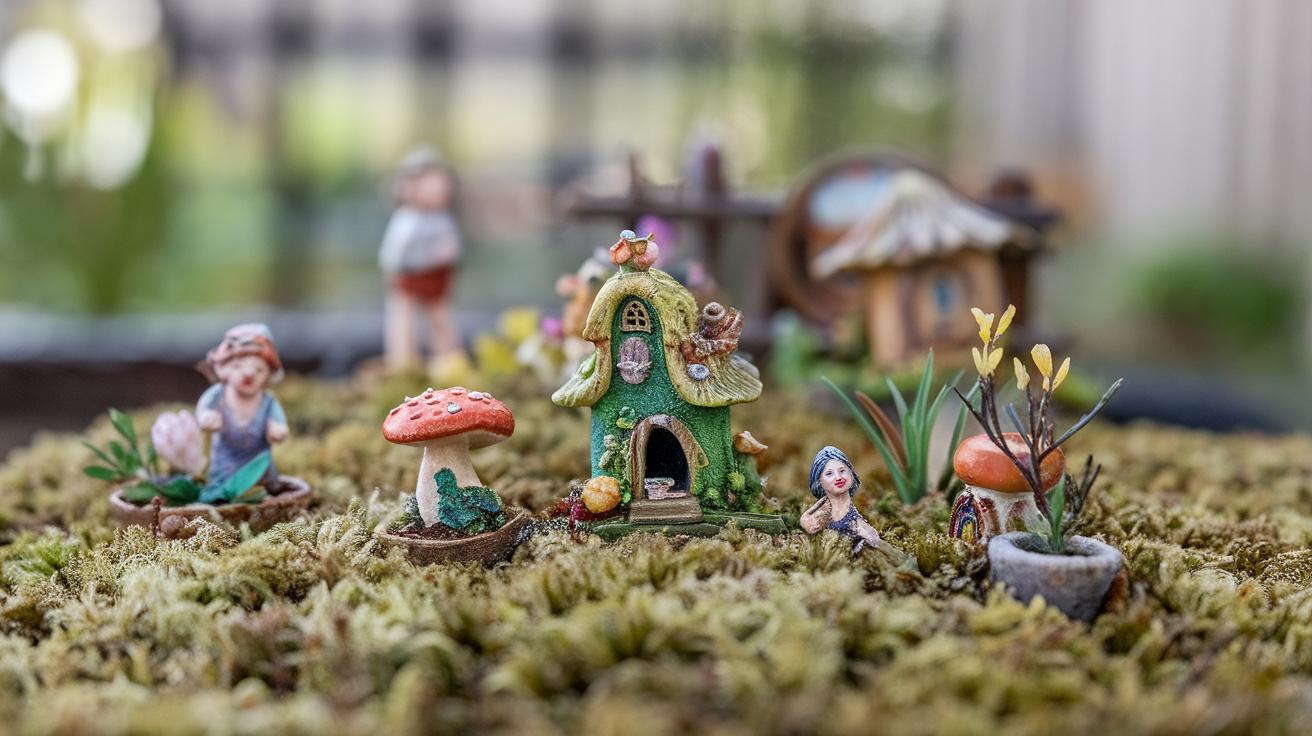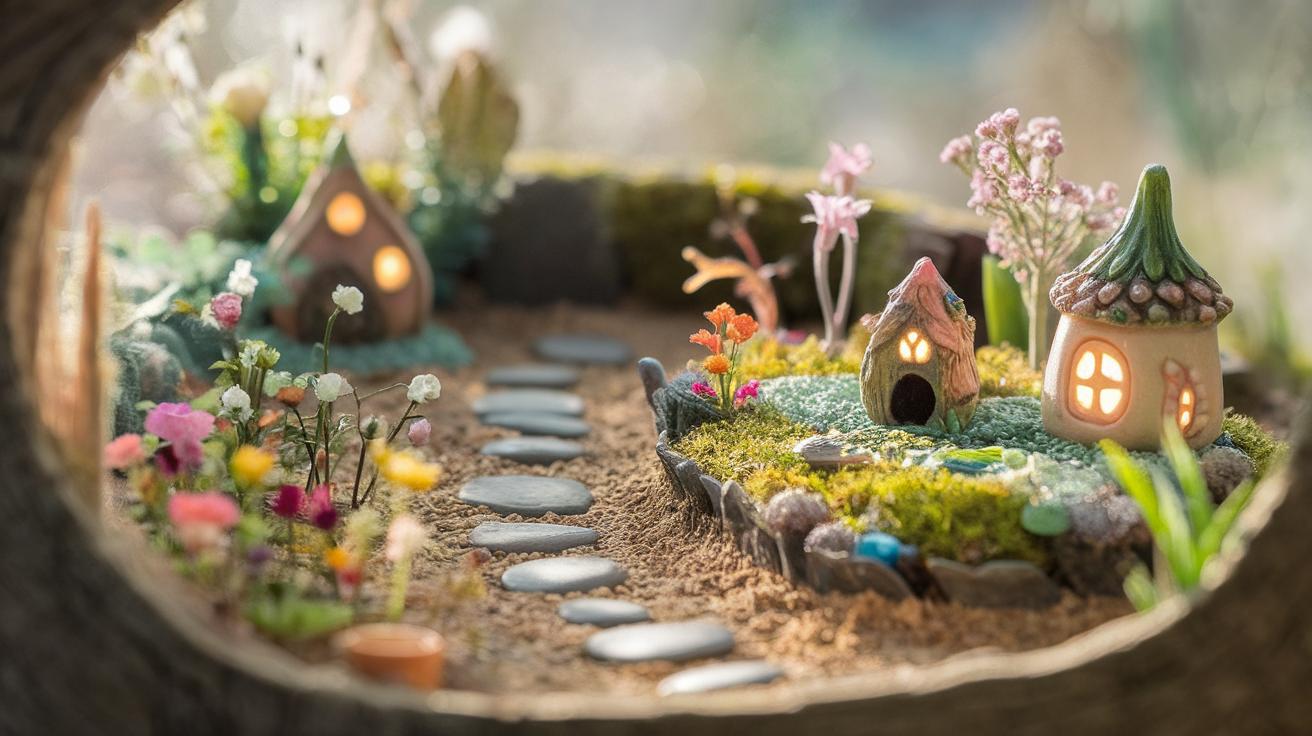Introduction
Miniature fairy gardens offer a delightful way to bring nature and imagination together in small spaces. These enchanting landscapes capture the essence of whimsy, inviting individuals to escape the mundane while engaging creatively with their environment. From artistic decorations to thoughtful plant selections, a fairy garden requires careful planning and an eye for detail, making it a rewarding project for both children and adults.
The charm of miniature fairy gardens lies in their ability to transport us to a world of fantasy while utilizing limited space. Small balconies, backyards, and even indoors can come alive with vibrant flowers, tiny figurines, and magical components. As people increasingly seek to incorporate more greenery into their lives, these charming gardens provide a perfect blend of nature and art, allowing every participant to express their unique vision and creativity.
Understanding Miniature Fairy Gardens Explore the Concept of Miniature Fairy Gardens
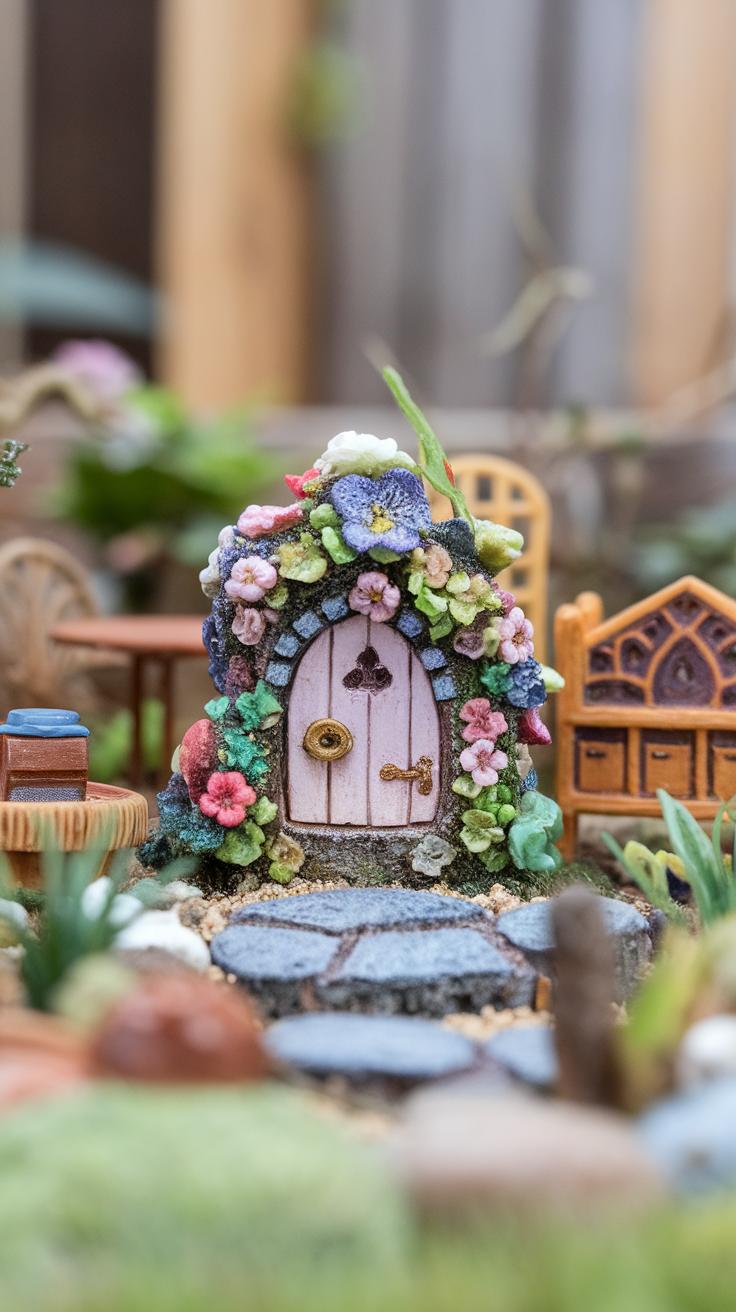
History and Elements of Fairy Gardens
Miniature fairy gardens have a rich history that draws inspiration from folklore and nature. These enchanting spaces began in the early 20th century when children created small scenes in their backyards, often influenced by tales of fairies and mystical creatures. Over time, these gardens evolved into intricate displays, combining gardening with artistic expression and storytelling.
Each fairy garden features carefully chosen elements that define its charm. Tiny structures, such as houses and bridges, serve as focal points, while miniature plants, stones, and figurines create a magical ambiance. The art of selecting these components allows garden creators to express their imagination, transforming ordinary spaces into vibrant retreats that spark wonder and delight.
The blend of gardening, artistry, and narrative invites individuals to craft their own stories, making each garden a unique reflection of personal taste and whimsy. This combination transforms mini landscapes into immersive experiences that delight both young and old alike.
Combining Gardening with Storytelling
Through the meticulous arrangement of plants, decorations, and accessories, miniature fairy gardens become storytellers in their own right. Each garden reflects a tale, be it one of adventure, peace, or magic. The choice of flora, from succulents to mosses, conveys distinct moods, further enhancing the narrative experience.
Creating a miniature fairy garden becomes a journey of self-discovery and inspiration. As gardeners cultivate these tiny worlds, they engage with nature, arts, and storytelling, leading to a rewarding and tranquil hobby. With the perfect fusion of diverse elements, these enchanting retreats become favorite spots for daydreamers and garden enthusiasts alike.
Selecting the Right Location for Your Miniature Fairy Garden

Factors to Consider When Choosing a Location
Choosing the ideal location for a miniature fairy garden is essential for its success and longevity. Assessing sunlight is paramount, as different plants have varying light requirements. Consider areas that receive either full sun or partial shade, depending on the plant selections you make.
Space is another factor to keep in mind. Even small gardens need room for cushions of soil, plants, and decorative elements. Designate a spot that allows for accessibility, ensuring you can easily nurture and enjoy your fairy garden. Indoors, window sills or countertops can be wonderful choices, while outdoor options may include patios or tucked-away corners of your garden.
Selecting the right location enhances the beauty and charm of your mini fairy garden, creating a captivating retreat in even the tiniest of areas.
Selecting the Right Location for Miniature Fairy Gardens
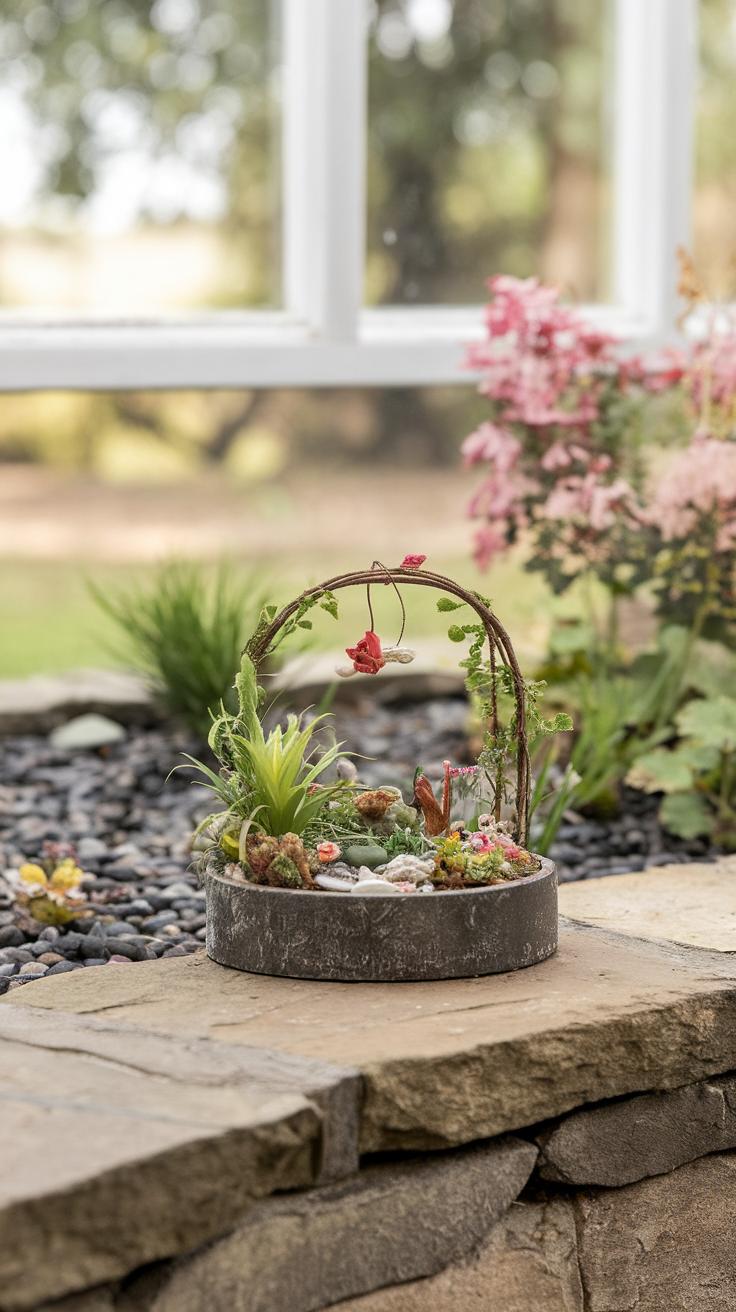
Factors to Consider
Choosing the ideal location for your miniature fairy garden requires careful consideration of several factors. First, assess the amount of natural light the area receives. Most fairy plants thrive in bright light, so a spot that gathers sunlight for a few hours each day is beneficial. Indoor locations may include windowsills or shelves, while outdoor areas could be patios, balconies, or gardens that enjoy ample sun exposure.
Space is another crucial element. Ensure that the selected area can accommodate the size of your garden while allowing for exploration and rearrangement without feeling cramped. It’s advisable to select a location that is easily accessible for regular maintenance, such as watering and pruning. This accessibility will help keep your fairy garden flourishing and inviting.
Indoor and Outdoor Options
For indoor fairy gardens, consider smaller containers that can fit on tables or countertops, enhancing your living space without overwhelming it. Outdoor fairy gardens can take advantage of larger spaces, utilizing natural features like rocks or garden beds to create enchanting landscapes. Remember to select an area that can support the whimsical elements you wish to include while maintaining the charm that fairy gardens are known for.
Choosing Plants for Your Fairy Garden Special Considerations for Small Spaces
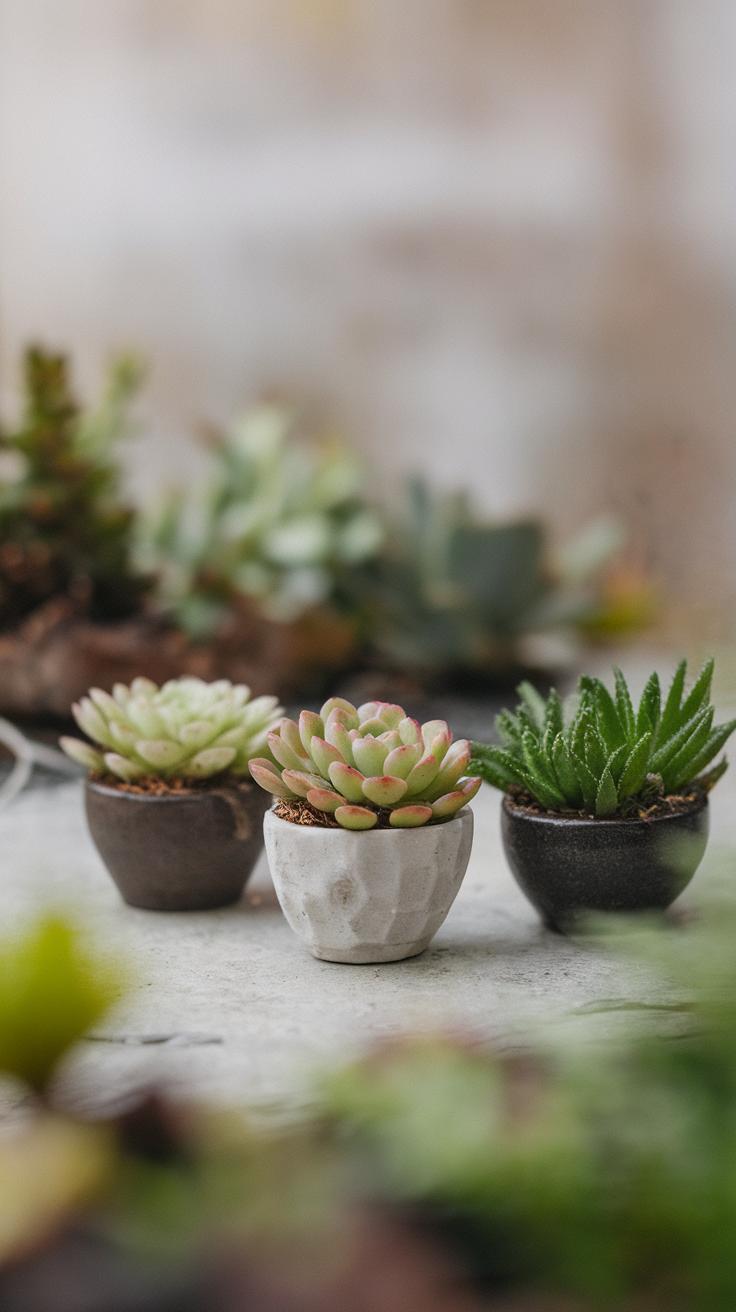
Types of Plants Best Suited for Miniature Fairy Gardens
Creating a miniature fairy garden involves selecting plants that harmonize with the whimsical theme while thriving in confined spaces. Opt for dwarf or miniature varieties that stay small without sacrificing charm. Succulents such as sedum, jade plants, and tiny cacti are excellent choices—requiring minimal water and offering vibrant colors and textures. Consider plants like moss varieties, which add a lush greenery and a ground cover feel ideal for small settings.
Color and Care Requirements
Choose plants that bring a palette of colors, from vivid blooms to soft greens, ensuring a vibrant yet cohesive look. Flowering plants like miniature daisies or pansies can introduce splashes of color, enhancing the enchanting atmosphere. Pay attention to care requirements as well; select species that align with your gardening skills and available light. It’s wise to combine low-maintenance varieties with those that are more delicate, balancing beauty and ease of care as you craft your charming retreat.
Incorporating Decorative Elements into Charming Miniature Fairy Gardens

Choosing Figurines and Furniture
When transforming a small space into a charming fairy garden, selecting the right decorative elements is key to crafting an enchanting atmosphere. Consider incorporating figurines that convey whimsy and character, like tiny fairies, gnomes, or animals that bring the vignette to life. Miniature furniture, such as benches, tables, and even swings, can add a touch of luxury and functionality, inviting viewers into a delightful narrative. These elements should be proportional to the space, ensuring that each piece complements the overall design.
Adding Whimsical Details
To enhance the charm, think about including whimsical details that spark the imagination. Consider decorative stones, tiny houses, or colorful paths made from pebbles. Natural materials such as moss create a lush foundation, while fairy lights can illuminate the garden at night, adding a dreamy ambiance. Small accessories like miniature fences, birdhouses, and signs can guide the eye and create a cohesive theme. Selecting items that resonate with a specific story or season will make the garden feel alive, inviting viewers to escape into its magical realm.
Engaging Children in Fairy Gardening

Benefits of Involving Children in Creating Fairy Gardens
Engaging children in the creation of miniature fairy gardens fosters a myriad of developmental benefits. Participating in this hands-on activity encourages imaginative play, allowing children to craft their own magical worlds filled with miniature figures and natural elements. This creative expression cultivates problem-solving skills as they plan layouts and decide how to incorporate various decorative elements.
Through the process, children can also strengthen their understanding of plant life and ecology. Learning about the care of different plants teaches responsibility and nurturing habits. Additionally, fairy gardening promotes fine motor skills as kids manipulate small items and arrange their gardens. Such experiences not only enhance creativity but also provide an excellent bonding opportunity for families, making it a delightful retreat in tiny spaces.
Seasonal Changes in Your Fairy Garden Adaptation and Maintenance for All Seasons
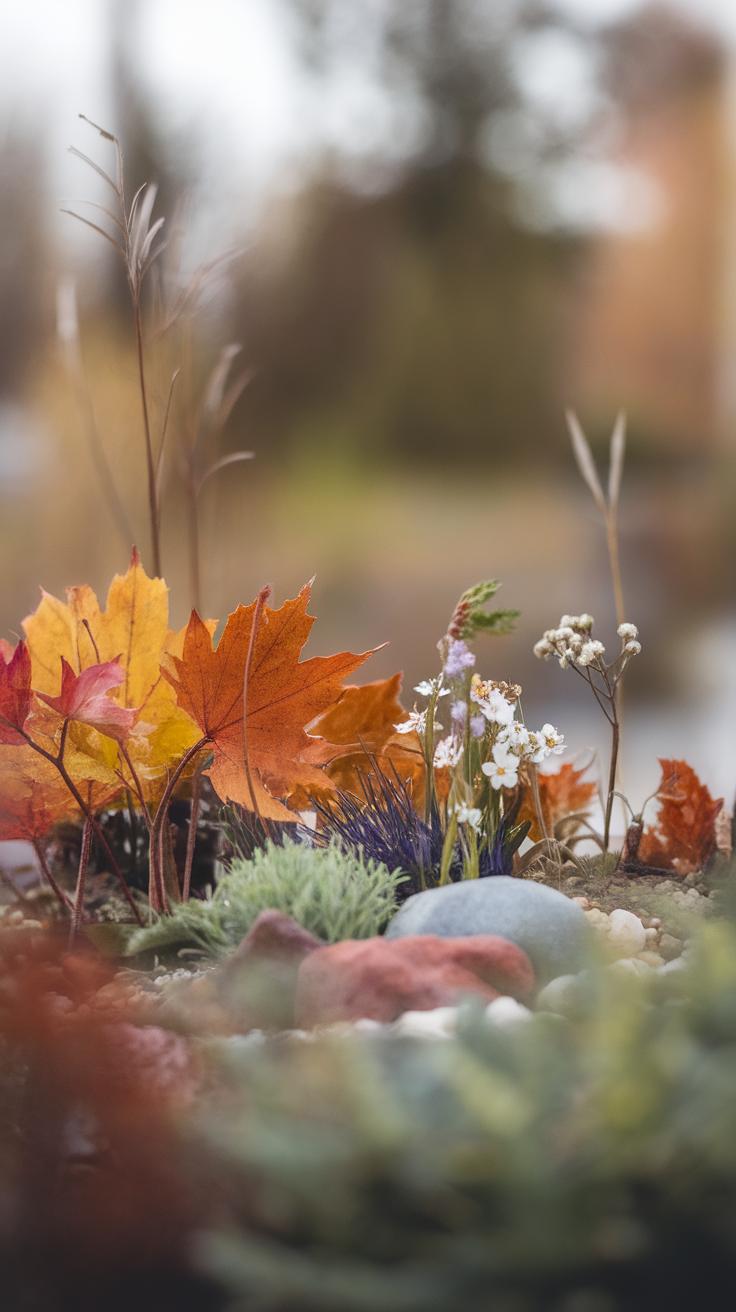
Caring for Your Garden Through Seasonal Transitions
Managing a miniature fairy garden throughout the seasons invites unique challenges and opportunities to enhance its charm. In spring, vibrant blossoms and fresh growth should be prioritized. Incorporate early bloomers like pansies or miniature daffodils to breathe new life into your space. For summer, consider adding colorful stones or sun hats for your fairy companions, alongside heat-tolerant plants like succulents, which require less maintenance in warmer temperatures.
Autumn and Winter Adjustments
As fall approaches, transitioning to earthy tones can evoke a cozy atmosphere. Incorporate pumpkins, hay bales, or decorative acorns to give your garden a seasonal flair. When winter arrives, consider using evergreen plants or artificial snow to maintain visual interest while shielding delicate blooms from frost. Changing your garden’s decorations, such as adding miniature lights during the holiday season, can create a magical retreat perfect for any tiny space.
Common Challenges and Solutions in Creating Miniature Fairy Gardens for Small Spaces
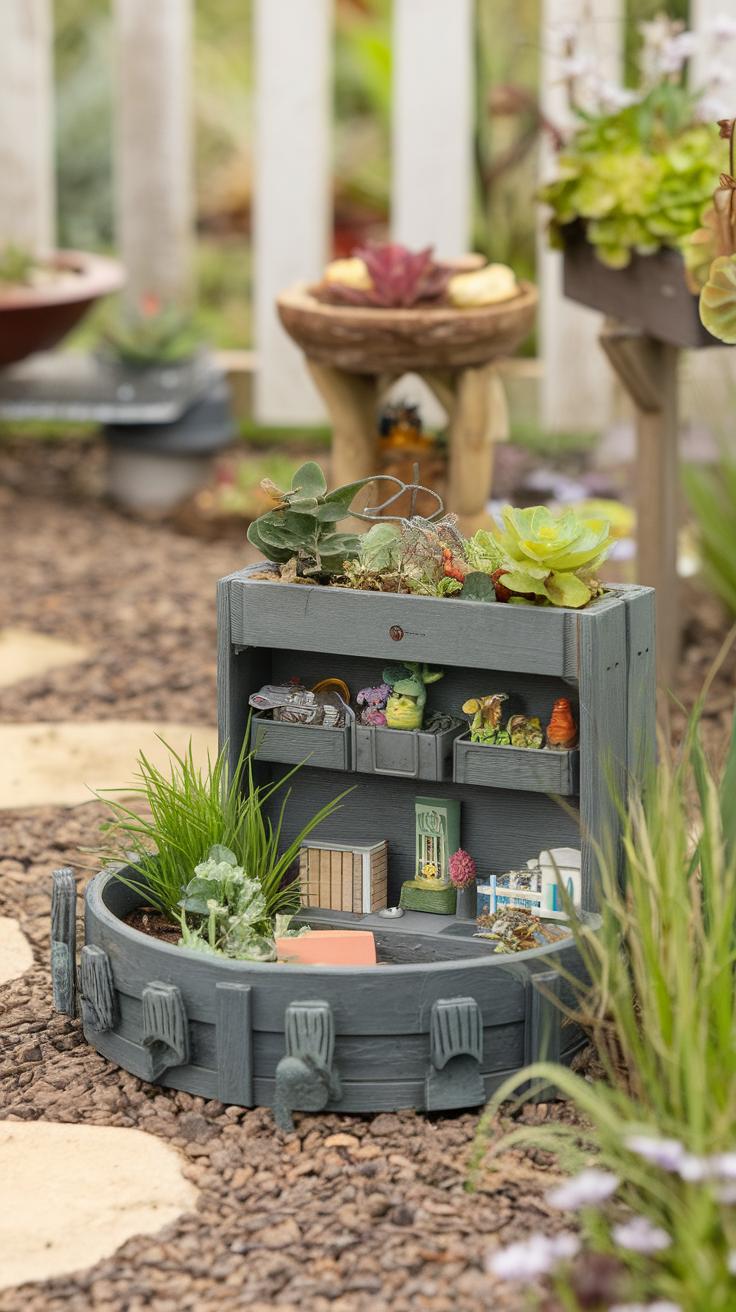
Typical Challenges Faced
Creating miniature fairy gardens is a delightful endeavor, yet several challenges can arise, particularly in small spaces. Limited area restricts the number of plants and decorative elements, making it difficult to achieve a harmonious look. Plant selection is often constrained, as many varieties may not thrive in tight environments. Additionally, seasonal changes can affect the delicate balance of the garden, leading to issues like overcrowding or plant decay.
Practical Solutions for Overcoming Challenges
To combat these difficulties, choosing compact, low-maintenance plants suited for small spaces is essential. Herbs like thyme or mini succulents can add greenery without overwhelming the area. Vertical gardening techniques, such as using wall planters or cascading plants, can maximize space and enhance the aesthetic. Regular monitoring for seasonal changes allows for timely adjustments—pruning and rearranging elements can help maintain visual appeal and plant health, ensuring your charming retreat remains enchanting year-round.
Sharing Your Fairy Garden Experience Uniting Communities Through Enchantment
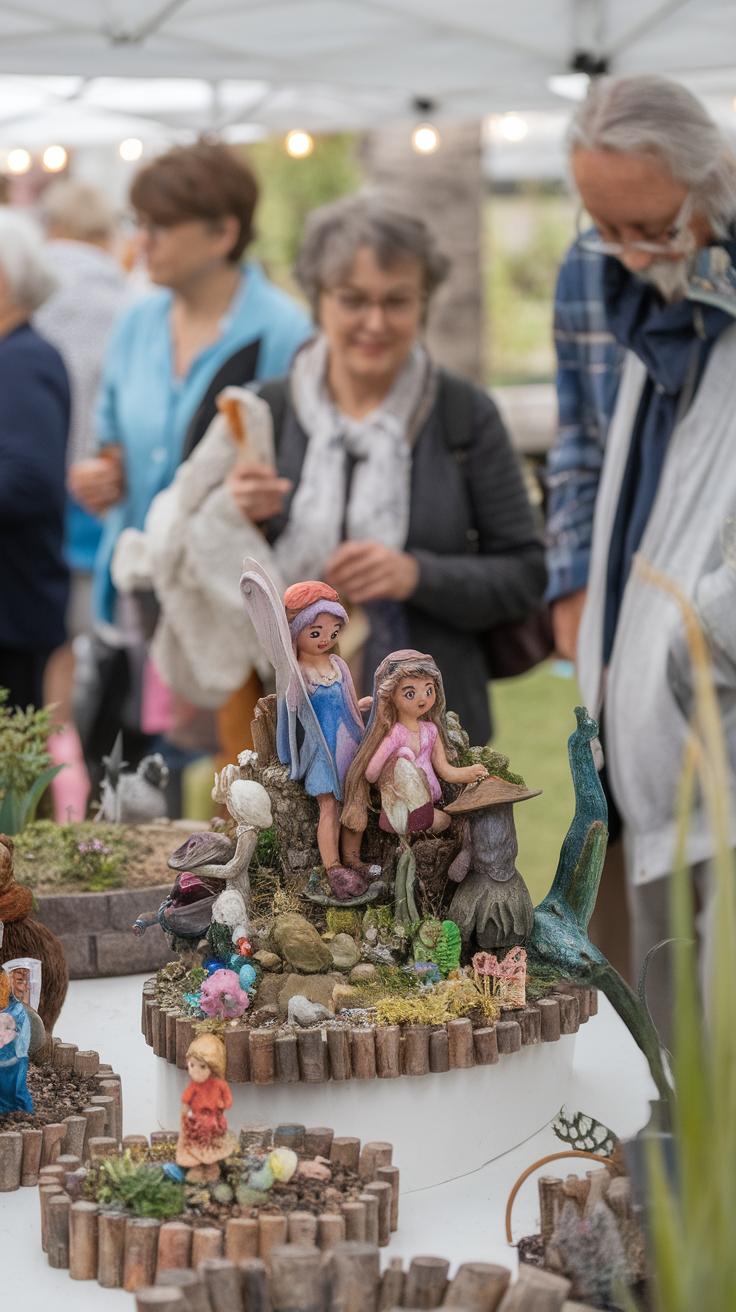
Connecting with Others
Sharing the joy of your miniature fairy garden can be a delightful experience that extends beyond personal enjoyment. Community events provide an excellent platform for enthusiasts to gather, showcasing their unique creations while forging friendships with like-minded individuals. These gatherings can include local fairs, gardening clubs, and workshops, where participants can exchange tips, ideas, and inspiration to enrich their fairy gardening pursuits.
Embracing Social Media
Social media platforms are another fantastic avenue for sharing your creations with a broader audience. Through engaging posts, charming images, and detailed stories, you can spark interest and foster a community of fairy garden admirers. Participating in themed challenges or collaborations with fellow gardeners encourages creativity and helps highlight the extraordinary aspects of your work. By utilizing hashtags dedicated to fairy gardening, you can connect with others who share your passion, broadening your network and experience.
Building a Fairy Garden Business Turning Passion into Profit
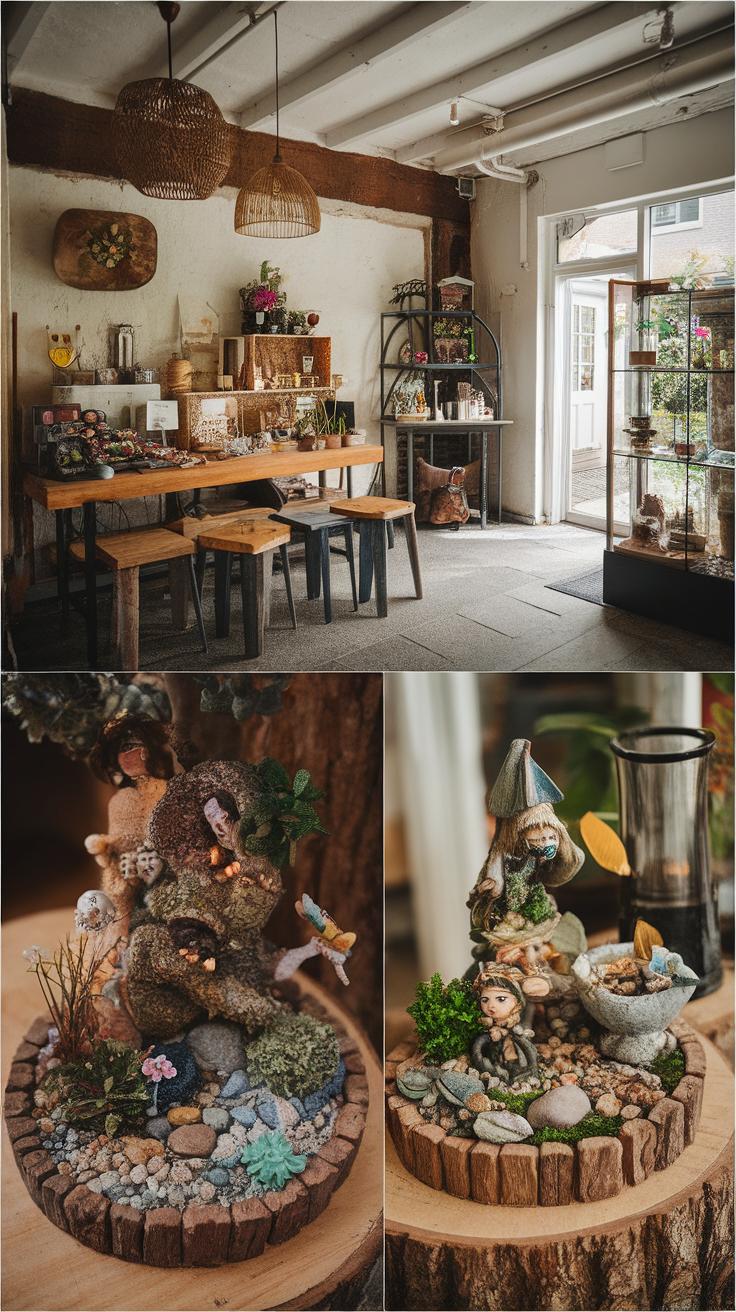
Creating Enchanting Products
Transforming a love for miniature fairy gardens into a business can be a fulfilling venture. Begin by designing a unique line of products such as miniature figurines, decorative stones, and charming accessories. Handmade items often draw attention, showcasing the personal touch that resonates with customers. Consider sourcing sustainable materials to appeal to eco-conscious shoppers. Customization options can also attract a broader audience, allowing clients to order personalized fairy garden components that reflect their individual tastes.
Sales and Marketing Strategies
Exploring various sales channels is vital for success; local craft fairs, online marketplaces, and social media platforms can effectively showcase your creations. Engaging storytelling about your fairy garden products can captivate potential buyers, making your offerings feel special and unique. Utilize platforms such as Instagram and Pinterest, sharing visually appealing images that inspire others to create their own enchanting retreats. Collaborations with local garden centers or boutiques can further enhance visibility, generating excitement around your fairy garden business.
Conclusions
Building miniature fairy gardens is not just a decorative endeavor; it’s a meaningful way to connect with nature, ignite creativity, and foster a sense of tranquility in our lives. These tiny landscapes, filled with imaginative elements and lush greenery, encourage us to embrace simplicity and joy, illustrating how small actions can lead to delightful experiences. The appeal of these gardens goes beyond mere aesthetics; they also create opportunities for storytelling and personal expression.
Whether you are an experienced gardener or a novice exploring new hobbies, creating a miniature fairy garden can serve as a fulfilling project that enriches your living space. These unique gardens celebrate the beauty of nature while offering an enchanting escape from daily routines. Embrace the whimsical art of fairy gardening and transform your small space into a charming retreat that invites a heartfelt connection to the world around you.


